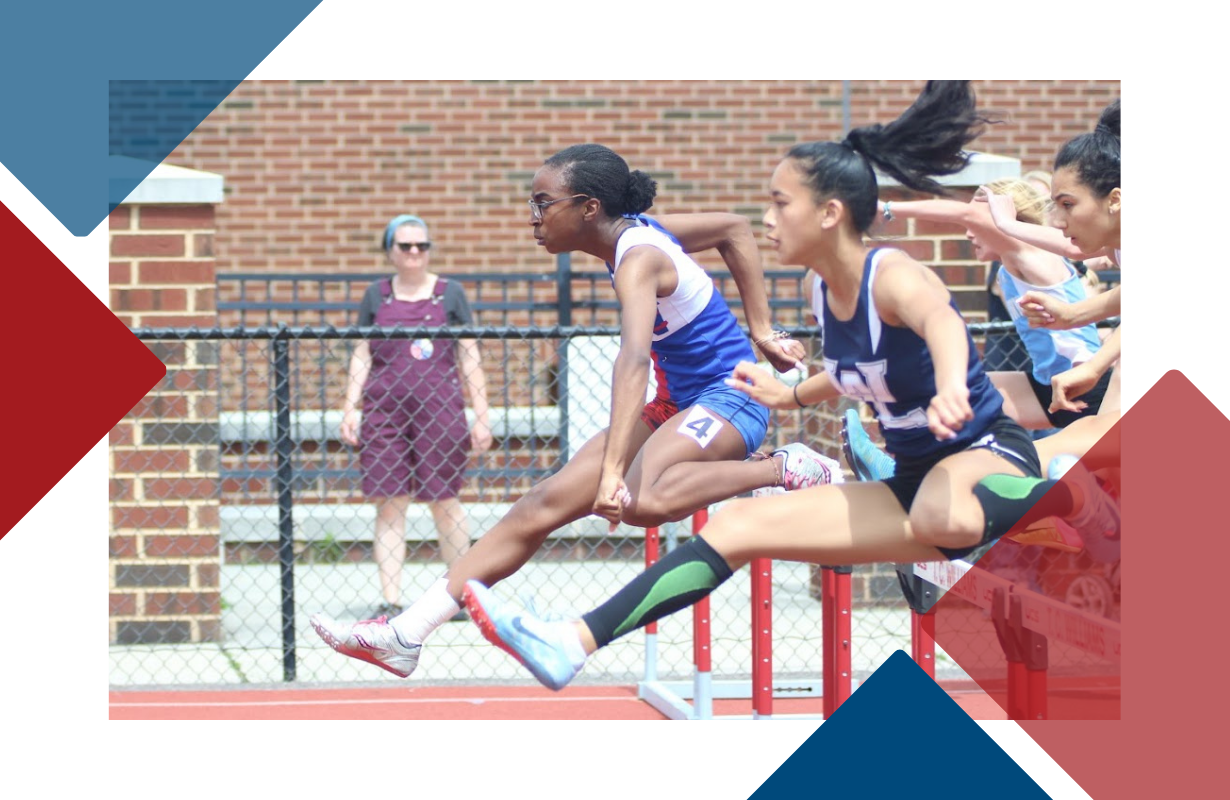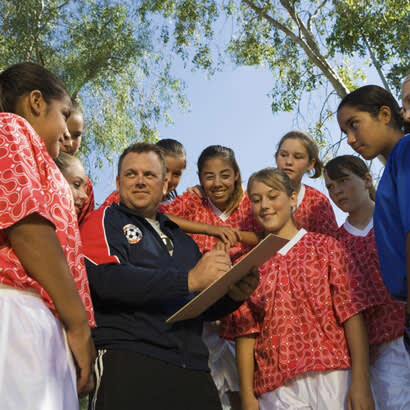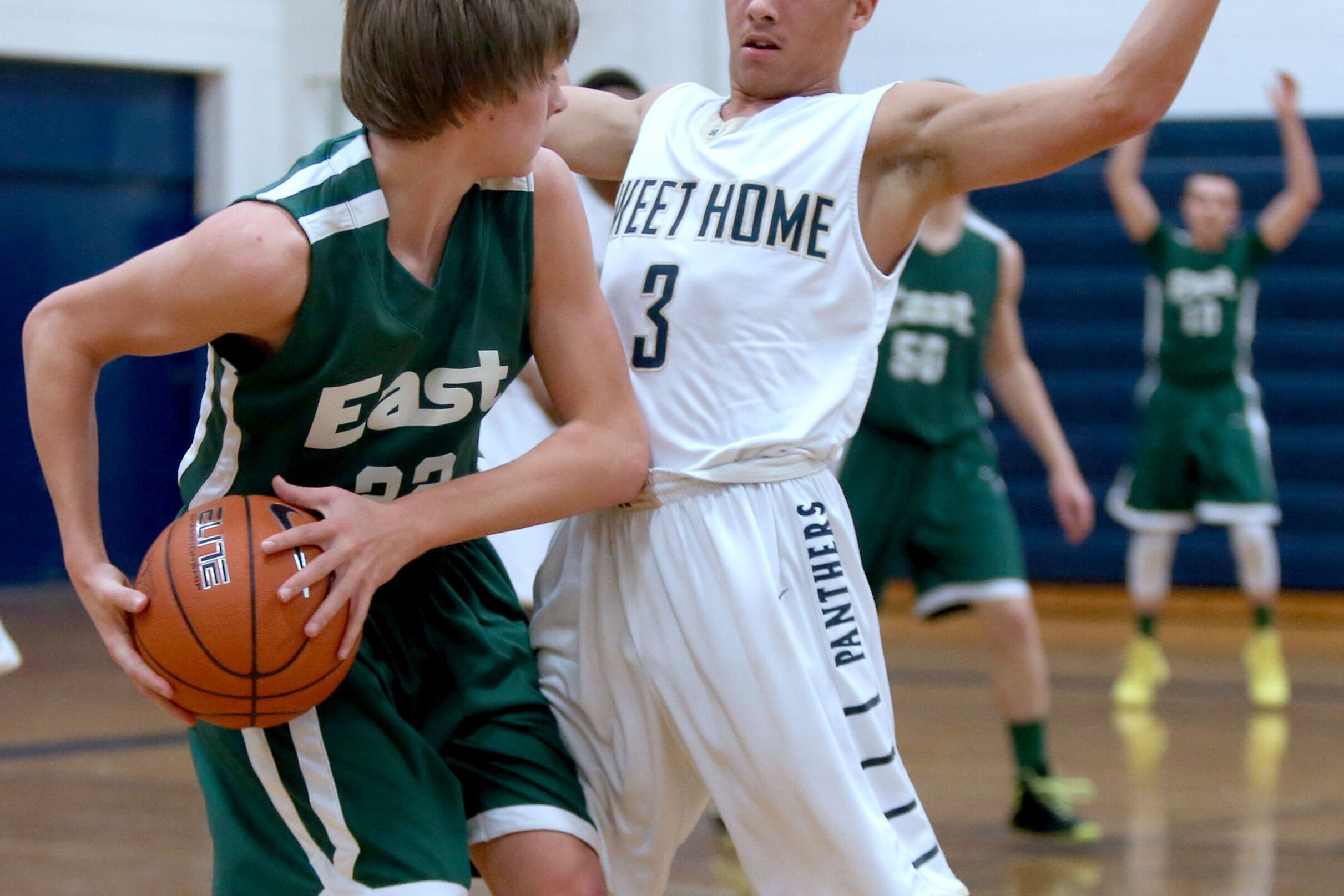As some states begin to reopen from coronavirus pandemic restrictions, youth sports are starting to return in pockets of the country. How kids return to organized sports will be shaped by what local and state authorities allow, what leading sport and public health bodies recommend, what liability risks exist, and what parents are willing to accept.
On May 13, the Aspen Institute’s Project Play hosted our fifth webinar, this one aimed at understanding what steps should be taken to safely bring youth sports back. Parents are watching. Only 52% of parents are comfortable with their child participating in travel sports, much less than school sports (68%) and community sports (67%), according to a new survey reported on by Project Play.
Below are highlights from our discussion with several of the nation’s top medical and legal experts creating guidance on return to play issues in youth sports.
Travel sports vs. local sports
Presentation by
Dr. Jill Daugherty
Epidemiologist, CDC
Lauren Sauer, Johns Hopkins Medicine: “I think the travel game issue is going to be a huge challenge for youth sports, and that will be dependent on the sporting type and how players interact. … Reintroducing more high-level risk activities like travel sports means kids mixing in new environments, even before their schools have reopened. It can mean kids have new exposures, potentially increasing their risk and putting family members at risk. It also means you may be introducing exposure to higher-risk populations. It’s important to get community buy-in and from local and state public health departments before thinking about introducing these travel sporting events in the regions that are going to be hosting them.”
Dr. Jon Finnoff, U.S. Olympic and Paralympic Committee: “When you do start having kids getting together, it should be small groups and it should be local. It shouldn’t be people traveling around. If they’re mixing groups, then one kid could get sick and spread it to everybody else in a bunch of different groups.”
Phased return for youth sports
Finnoff: “There should certainly be a phased approach. It may be you’re going to start by having individual (activities) like archery and things where you can have social distancing easily built into the sport early on. … You don’t have to not practice soccer. You just do individual drills with your own ball but don’t have other people touching the ball.”
Sauer: “I have some concerns about the (United States Specialty Sports Association return to play) document because it’s meant to be a catch-all document for all youth sports. Some recommendations are very specific, some are very broad and not easily teachable or implementable. There are a lot of sports that can be practiced independently, and if we start with those sports and make sure we have training for healthy and active behaviors from their homes, then we can slowly phase in behaviors to return to youth sports. The phased approach gives you time to learn these new behaviors that we’re all learning together.”
Finnoff: “If you have close, sustained contact with somebody and you’re breathing vigorously and you have no protective equipment on, the likelihood of transmitting an infection is very high compared to a sport that has intermittent close contact or a sport with no close contact. That helps you decide which is a higher-risk sport and when you should be introducing those sports, with lower-risk sports starting earlier.”
Presentation by
Dr. Jonathan Finnoff
Chief Medical Officer, USOPC
Sauer: “The key you want to see when moving from phase to phase is decreasing numbers of cases and that testing and contact tracing are effectively going on in that community. That means as the cases are going down, the number of tests is going up and the number of positive cases in that testing ratio and the number of contact tracing is manageable. That means the local health department is actually managing their case load, which also means they can support sports events. We look for somewhere between 3% and 10% on the ratio of positive cases when testing to say we’re in the right direction for the case load. Decisions are to be made at the local level because there are local constraints.”
Finnoff: “If you have active community transmission and the numbers are growing, (it’s problematic) even if local governments are saying it’s safe to go back and reopen. I think a lot of that is being driven by the economy. Absolutely, the economy is being crushed. But as a doctor and looking at this objectively, I think we need to err on the side of being cautious. We’re talking about our lives.”
Precautions if you reopen
Dr. Jill Daugherty, Centers for Disease Control and Prevention: “Face coverings are not currently recommended for players during practice or competition. They can be used, if feasible, such as when coaches are explaining the rules and going over strategy.”
Sauer: “Intensifying cleaning, disinfection and ventilation are critical because a lot of these new responsibilities may fall on team members, children or volunteer coaches. That workload, and the skills associated with how to do that, have to be considered when reintroducing sporting events.”
Daugherty: “Modify layouts to promote social or physical distancing. This may include spacing field positions or drills so that children are at least six feet apart. Discourage high fives, handshakes, fist bumps and hugs. If keeping physical distance among youth players is difficult during competition or practice, you could consider relying on individual drill work and skills instead. Providing physical guides, such as signage or tape on floors or playing fields to ensure that coaches and players remain at least six feet apart, may be helpful as well.”
Daugherty: “If some of your coaches or staff are at higher risk for COVID-19, you could consider offering options such as virtual coaching and in-home drills that limit risk to others. Identify small groups (of players) and keep them together. … If feasible, conduct daily health checks, such as temperature screening and symptom checking of coaches, officials, staff and players in accordance with any applicable privacy laws and regulations.”
Liability risks
Steven Bank, UCLA School of Law: “This is a global pandemic, but it is a regional or local decision about return to play. Community norms are an issue. What might work at some places might not work at others, and I don’t just mean because of regional spread (of the virus). I also mean because of the physical conditions of your facility and the physical condition of people coming to your facility. That doesn’t mean you can practice what I call legal herd immunity. If everybody is just opening up and not exercising any caution, that does not mean you’re free of risk. It means you’ve increased your risk.”
Presentation by
Steven Bank
Liability expert,
UCLA School of Law
Bank: “The closest examples we have of (legal precedent) in liability issues involving infections happened with the spread of MRSA at facilities. In those cases, courts were most likely to impose a duty of liability when the facility owners or the sponsor of the activity knew or should have known there was an infection. If we translate it to COVID-19, you need to have protocols in place and you need to be particularly concerned about people who come in with any known conditions and who have issues that start when they’re at your facility.”
Bank: “The biggest thing you need to show that you have exercised reasonable care is you have developed enforced protocol. Some of the protocols in some national sports organizations imply that players need to be the ones to sanitize or have social distancing among 8-year-olds. That’s going to be really difficult to enforce. If that’s what you’re relying on for reasonable care, you’re probably not going to meet the standard.”
Bank: “Most (youth sports organization) waivers are probably ineffective. They’re combined with the registration forms as general liability as part of a registration process for your sport. They probably need to be separated and you probably need to have separate information that informs people of the risks and specifically goes through the kinds of things they are waiving. If you think about comparisons, it’s like concussion sheets. When we have concussion waivers, there are large fact sheets you need to get people to acknowledge.”
Contact tracing
Sauer: “The public health authorities have to be notified when you find a new case. The challenging thing about youth sports is when we’re talking about kids, we don’t have a good sense of how they experience COVID infection broadly. We have cases that make their way to the hospital or testing because they have minor surgical procedures and we see they have cases, but kids seem to experience COVID-19 much more mildly. So, finding these cases and figuring out where they came from will likely be linked to public health authorities or a hospital they visit.”
Bank: “Privacy concerns for those who test ill is an issue for organizers. The reality is you’re balancing the federal protection interests for your health with the need to do contact tracing. I would say an individual organization has to follow the guidelines of the local public health authorities. It’s unrealistic to expect individual sports, clubs and organizations to do contact tracing themselves.”
Parent expectations for returning
Bank: “The worst thing an organizer can do is go with the lowest common denominator. I’m going to want to see that they’re being particularly cautious and care about my kid while still allowing them opportunities to play. And if that includes split squads or only playing once a week or only doing certain activities, heck, my kid is going to be extraordinarily excited to do that. If organizations are going right back too fast and going right to tournaments, I’m going to be worried.”
Do you have a topic that you would like Project Play to explore in future COVID-19 youth sports coverage? Email Jon Solomon at jon.solomon@aspeninstitute.org.





















